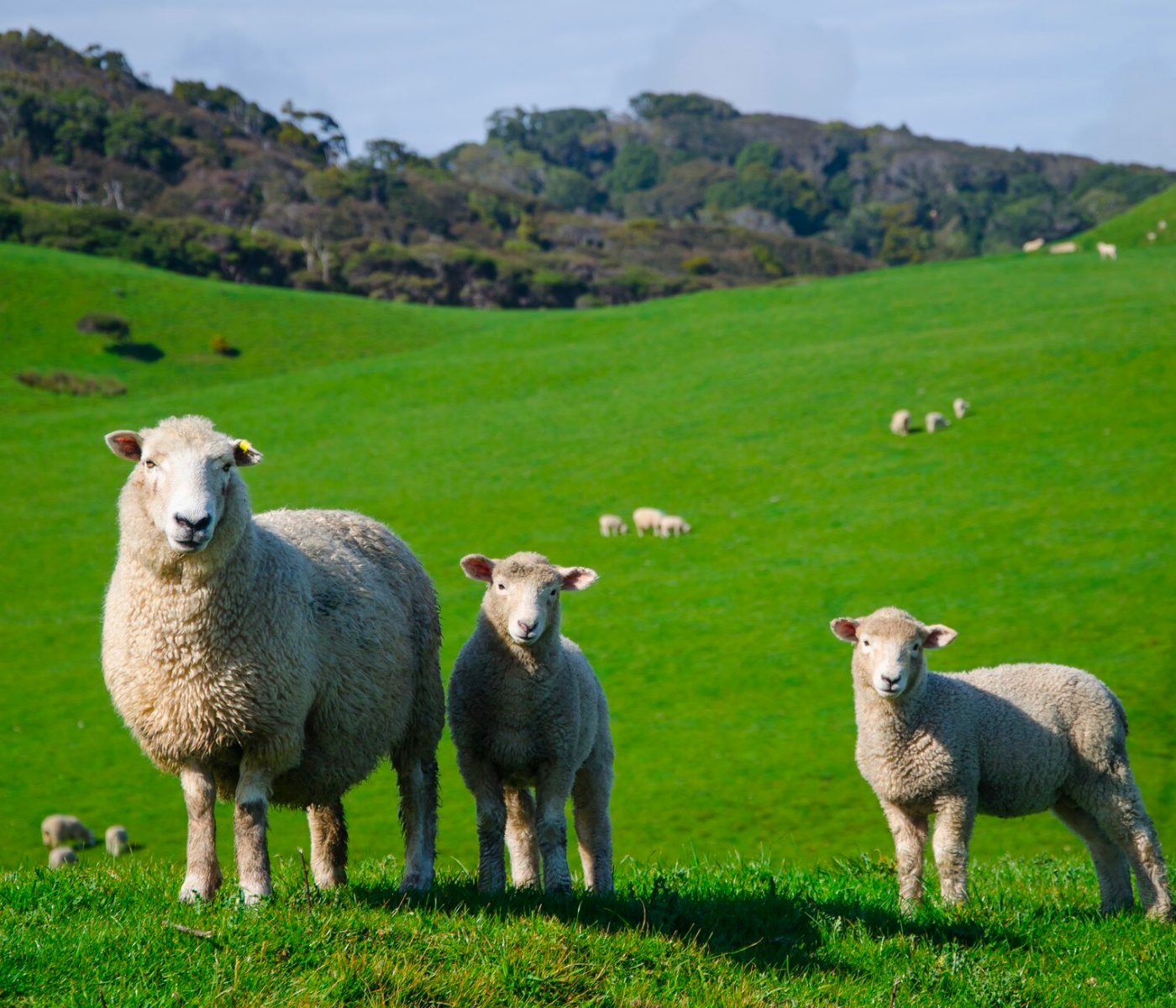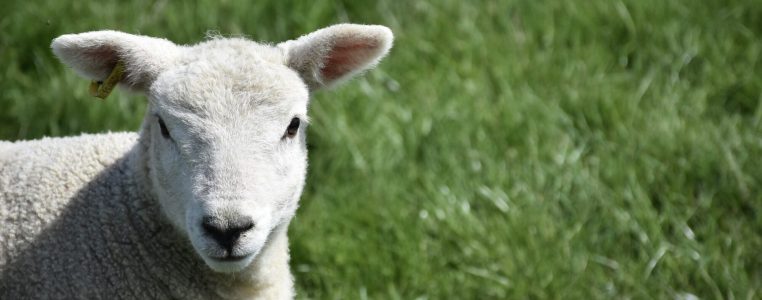A recent article delves into the crucial nutritional requirements of sheep, underscoring these ruminants’ susceptibility to copper toxicity.
 27 Feb 2024
27 Feb 2024
A recent article delves into the crucial nutritional requirements of sheep, underscoring these ruminants’ susceptibility to copper toxicity.
“Trace Minerals and Sheep Nutrition” is an article authored by Robert J. Van Saun and published in Veterinary Clinics of North America: Food Animal Practice.
In the article, Van Saun emphasizes that while sheep require all trace minerals, they are particularly sensitive to copper toxicity, underscoring the need for their diets to be “carefully” formulated.
Robert J. Van Saun, DVM, MS, PhD, serves as a professor in the Department of Veterinary and Biomedical Sciences at Pennsylvania State University. His areas of expertise include ruminant nutrition, small ruminants, llamas, and alpacas, as well as metabolic diseases and the interplay between nutrition and reproduction.
In this article, Van Saun navigates through several studies in the field, including the latest report from the National Research Council (NRC) (2007), which highlights certain nutritional requirements of sheep.

Similarly, it is noted that the required amount of trace elements for sheep is determined through factorial models, which take into account “maintenance, wool production, pregnancy, growth, and lactation.”
Geographical variability stands out as a key point, as the required quantities must be adjusted to the availability of elements in different dietary sources and address this diversity. Therefore, the importance of adjusting needs according to the region to ensure adequate nutrition is emphasized.
Furthermore, Van Saun reviews various relevant clinical points, such as the fact that a copper-molybdenum ratio in the diet of 6 to 8:1 “ensures adequate copper availability,” and that trace mineralized salt for sheep “should contain less than 30 ppm of copper and up to 90 ppm of selenium.”
You may also like to read: “Reducing Methane Emission in Ewes with a Dietary Blend of EOs & Polyphenols.”
Source: Robert J. Van Saun (2023). “Trace Mineral Nutrition of Sheep”, Veterinary Clinics of North America: Food Animal Practice, Volume 39, Issue 3, 2023, Pages 517-533, ISSN 0749-0720, ISBN 9780443183423, https://doi.org/10.1016/j.cvfa.2023.07.001.
Subscribe now to the technical magazine of animal nutrition
AUTHORS

Nutritional Interventions to Improve Fertility in Male Broiler Breeders
Edgar Oviedo
The Use of Organic Acids in Poultry: A Natural Path to Health and Productivity
M. Naeem
Synergistic Benefits of Prebiotics and Probiotics in Poultry, Swine, and Cattle
Gustavo Adolfo Quintana-Ospina
Hybrid Rye Potential in Laying Hen Feed Rations
Gwendolyn Jones
A day in the life of phosphorus in pigs: Part I
Rafael Duran Giménez-Rico
Use of enzymes in diets for ruminants
Braulio de la Calle Campos
Minerals and Hoof Health in the Pregnant Sow
Juan Gabriel Espino
Impact of Oxidized Fats on Swine Reproduction and Offspring
Maria Alejandra Perez Alvarado